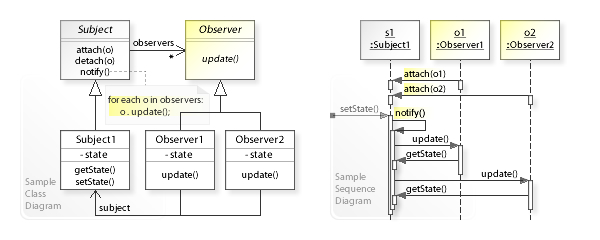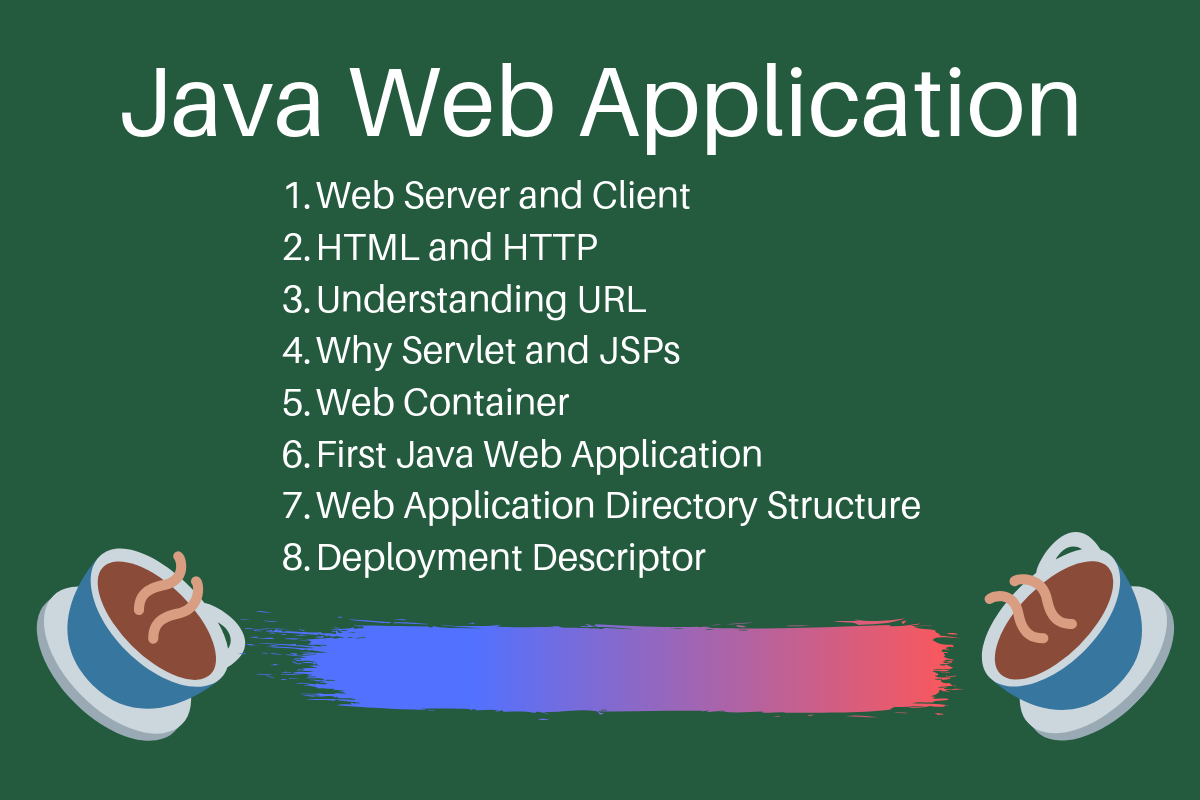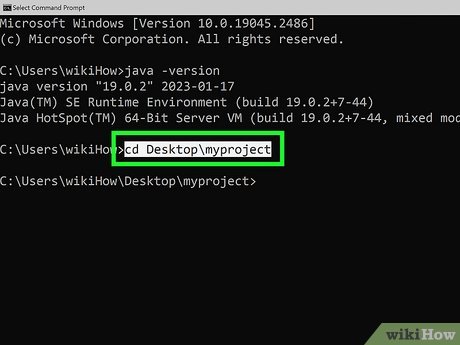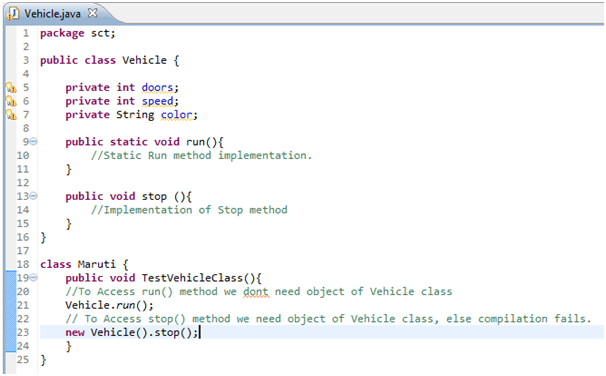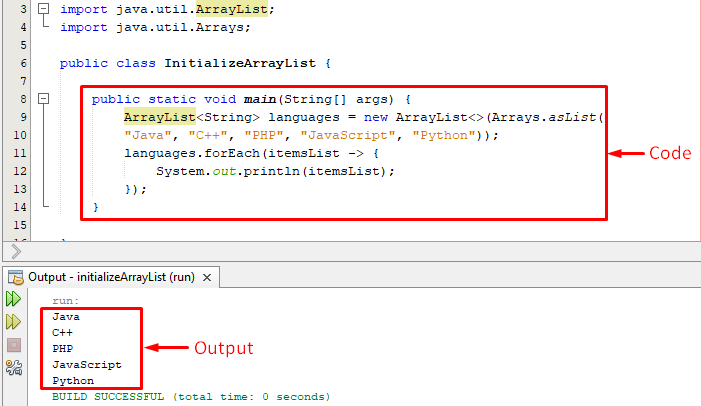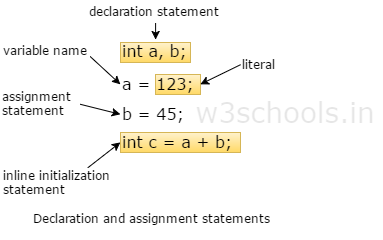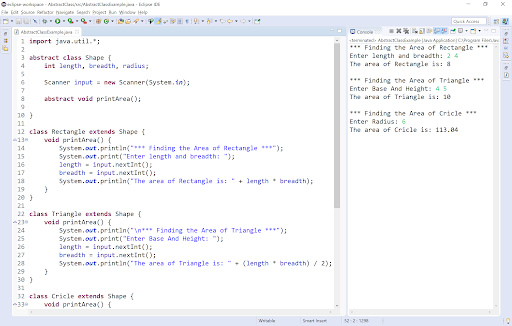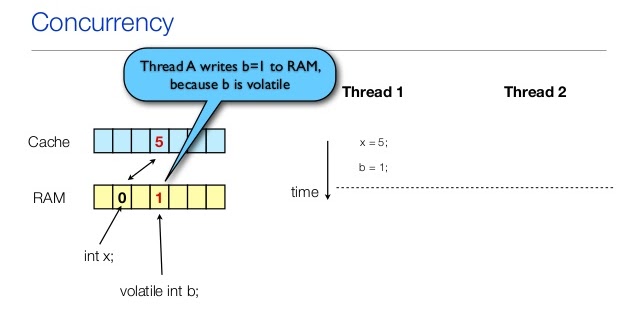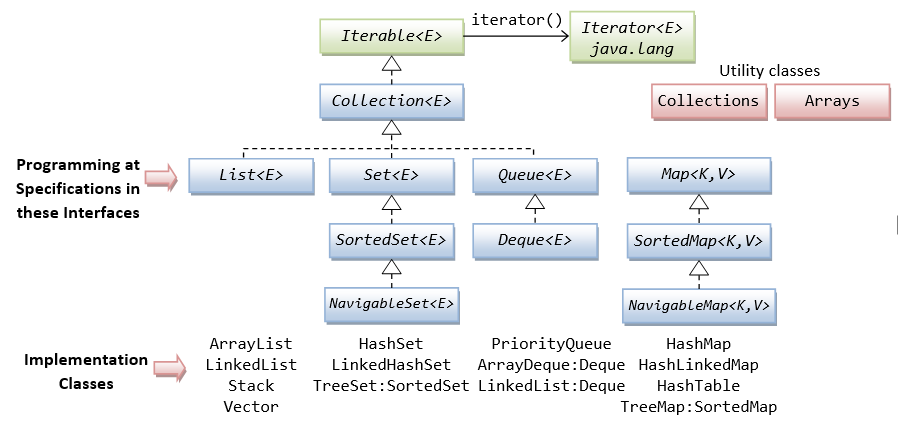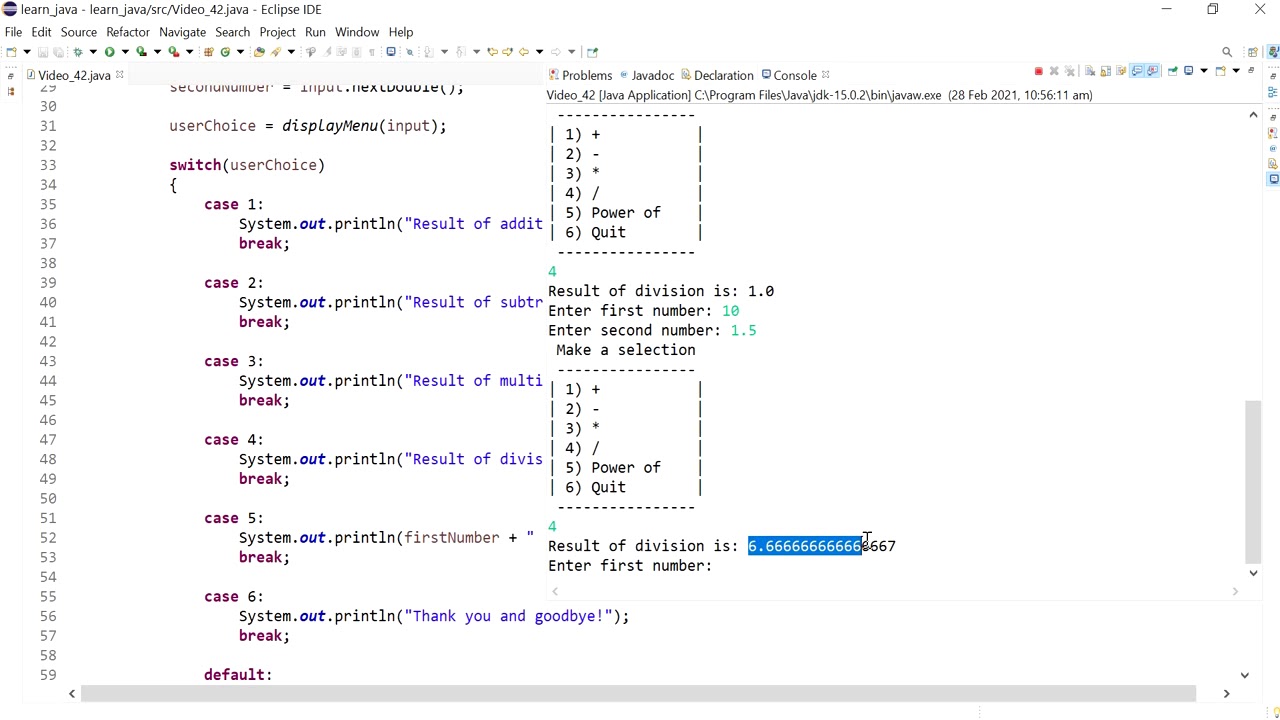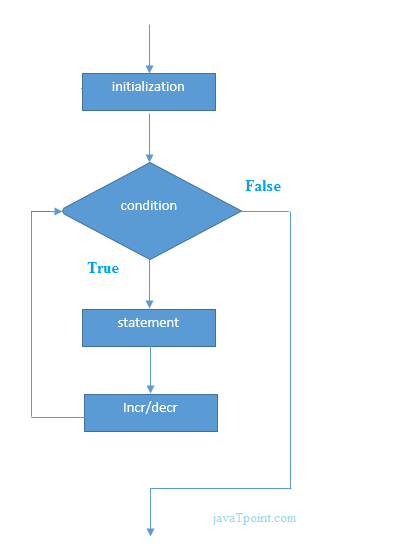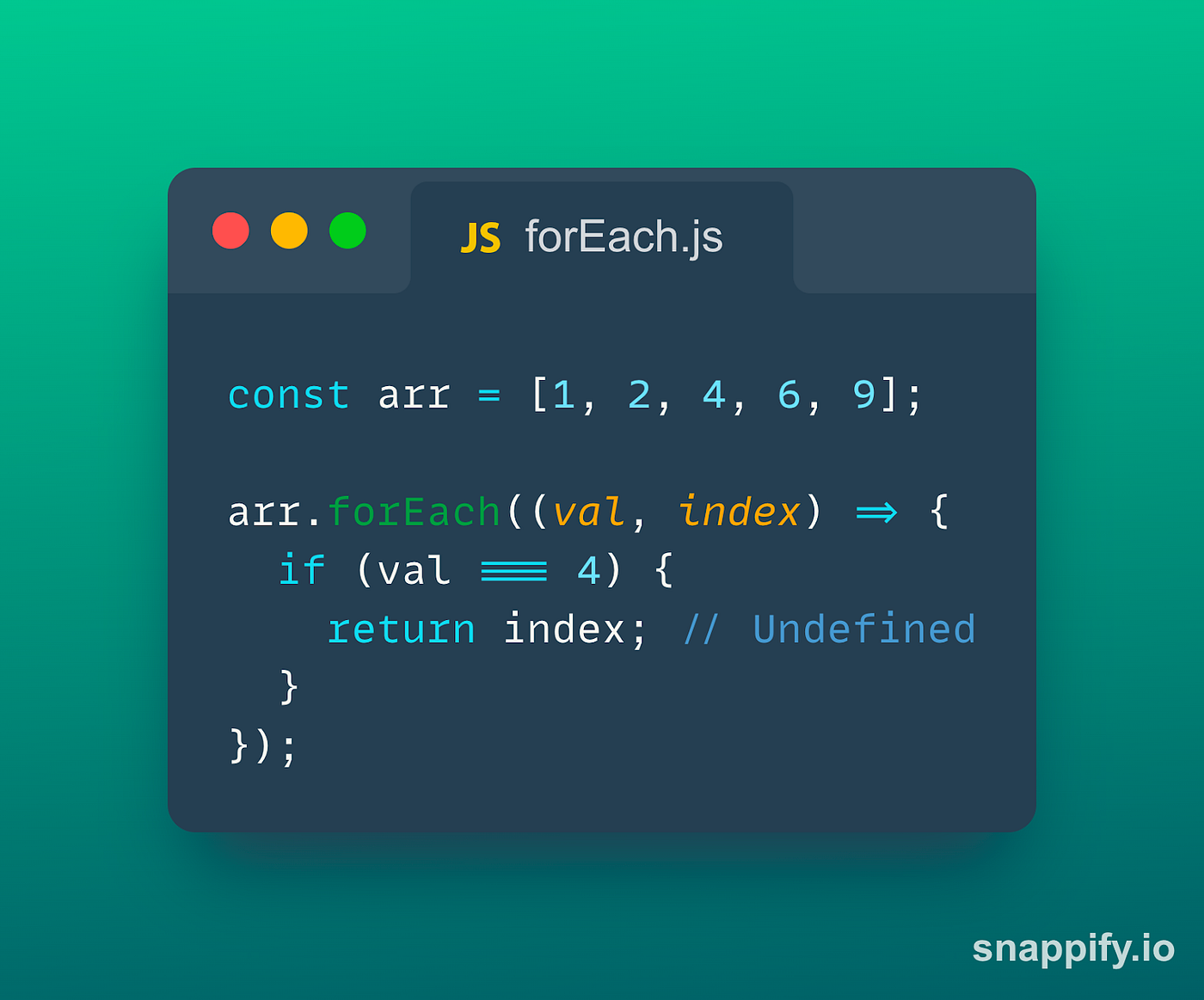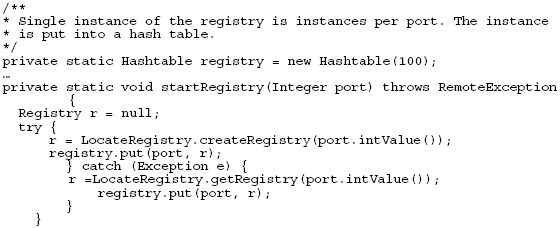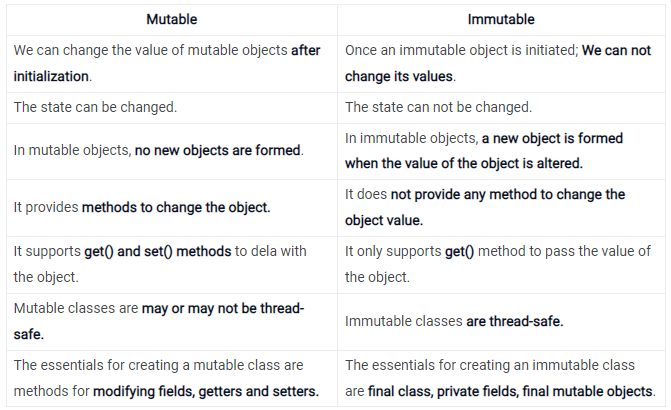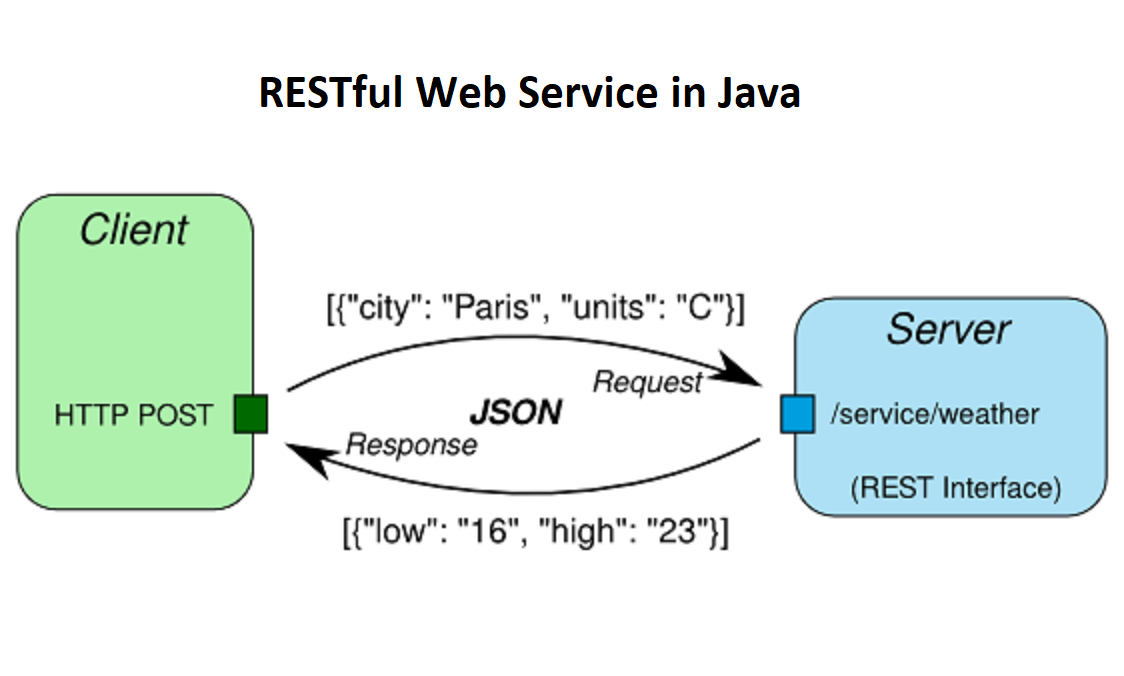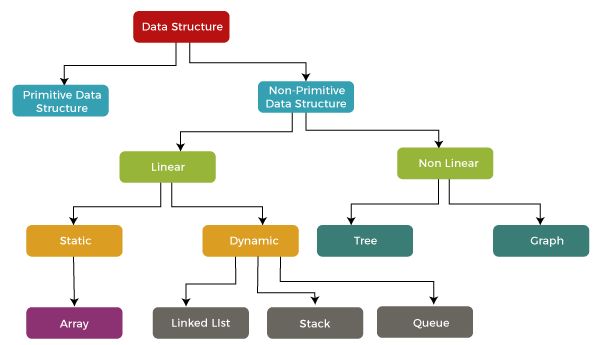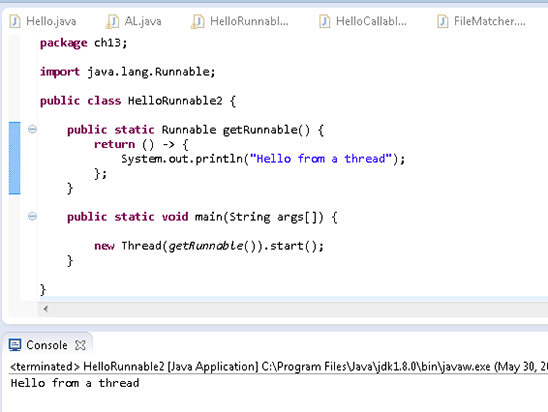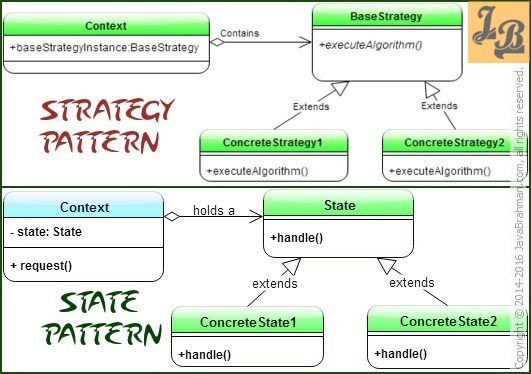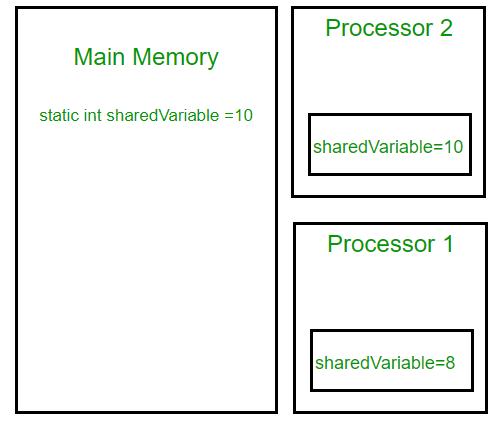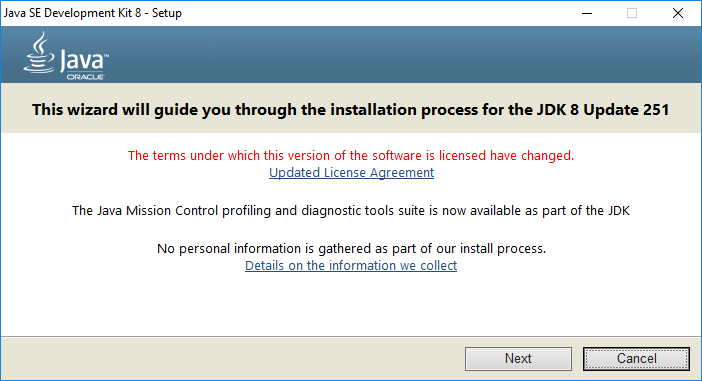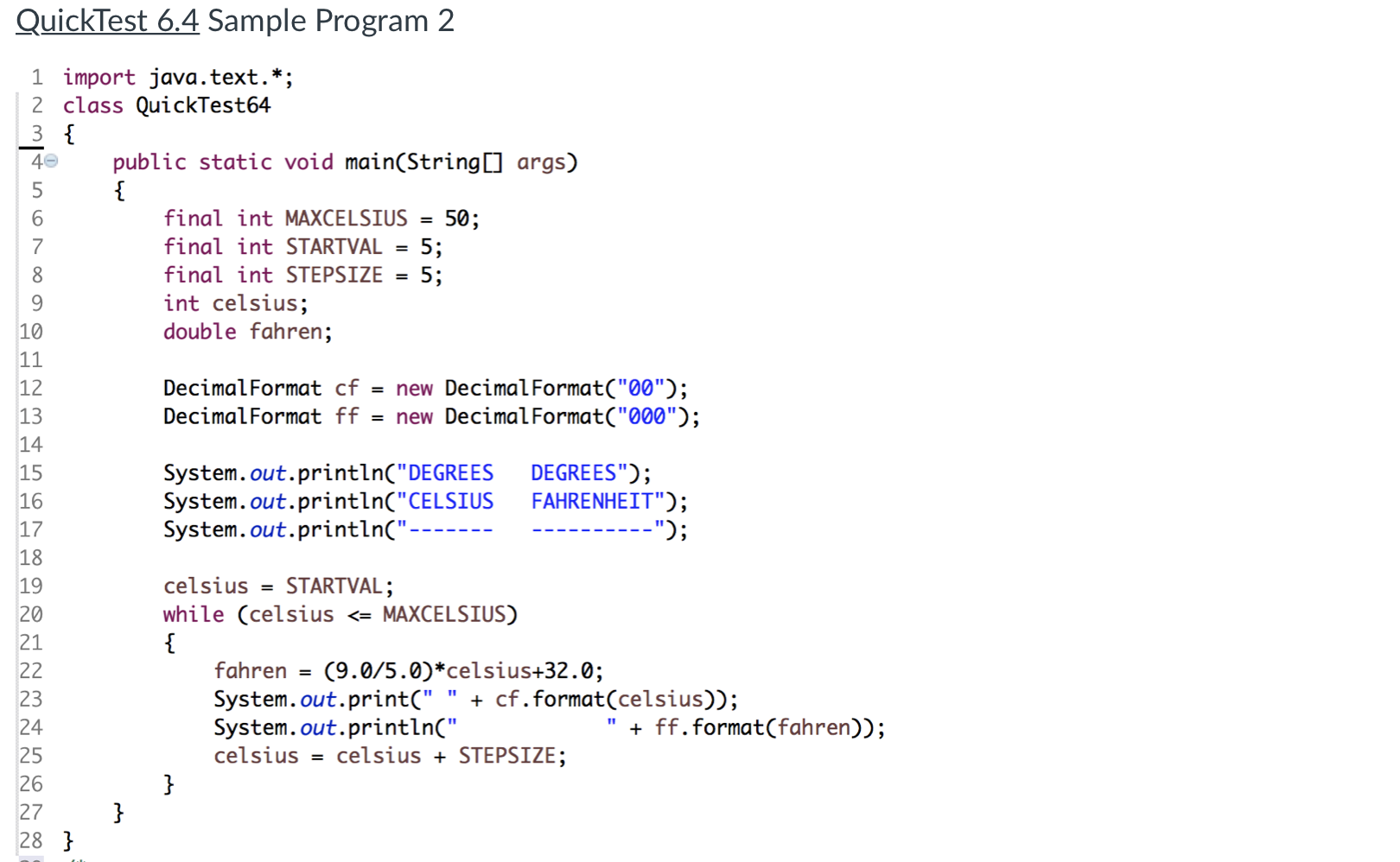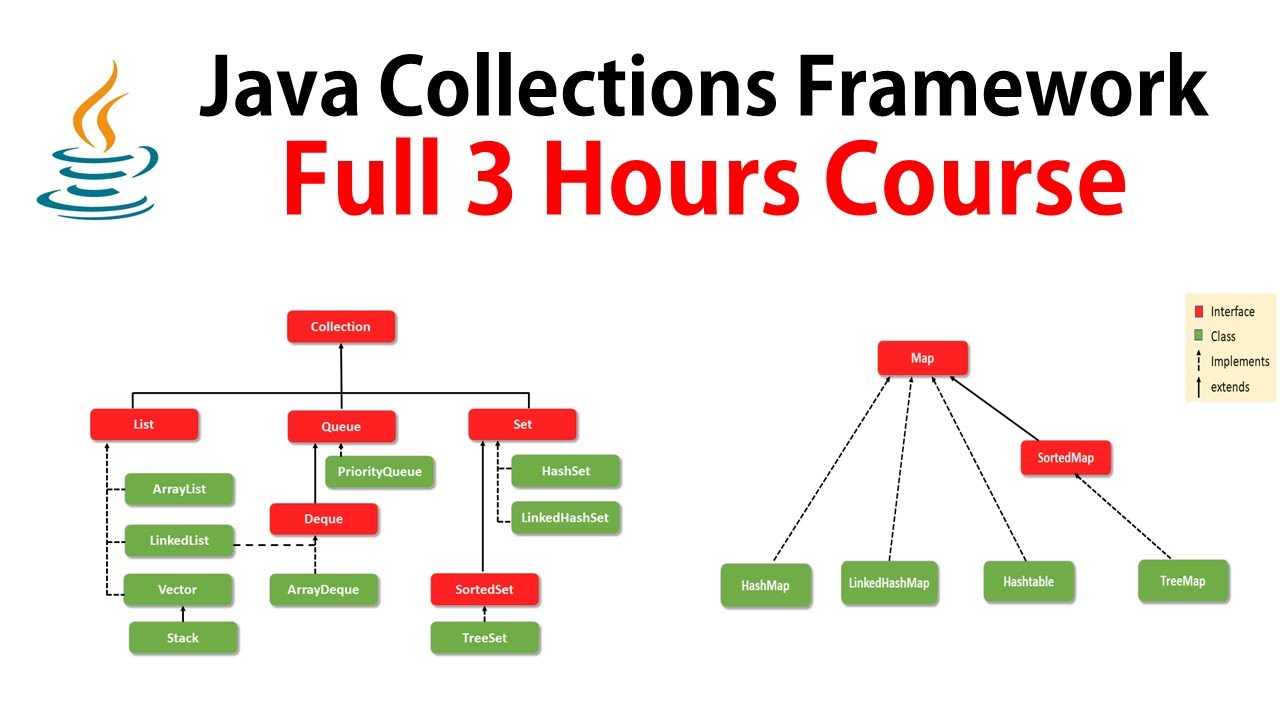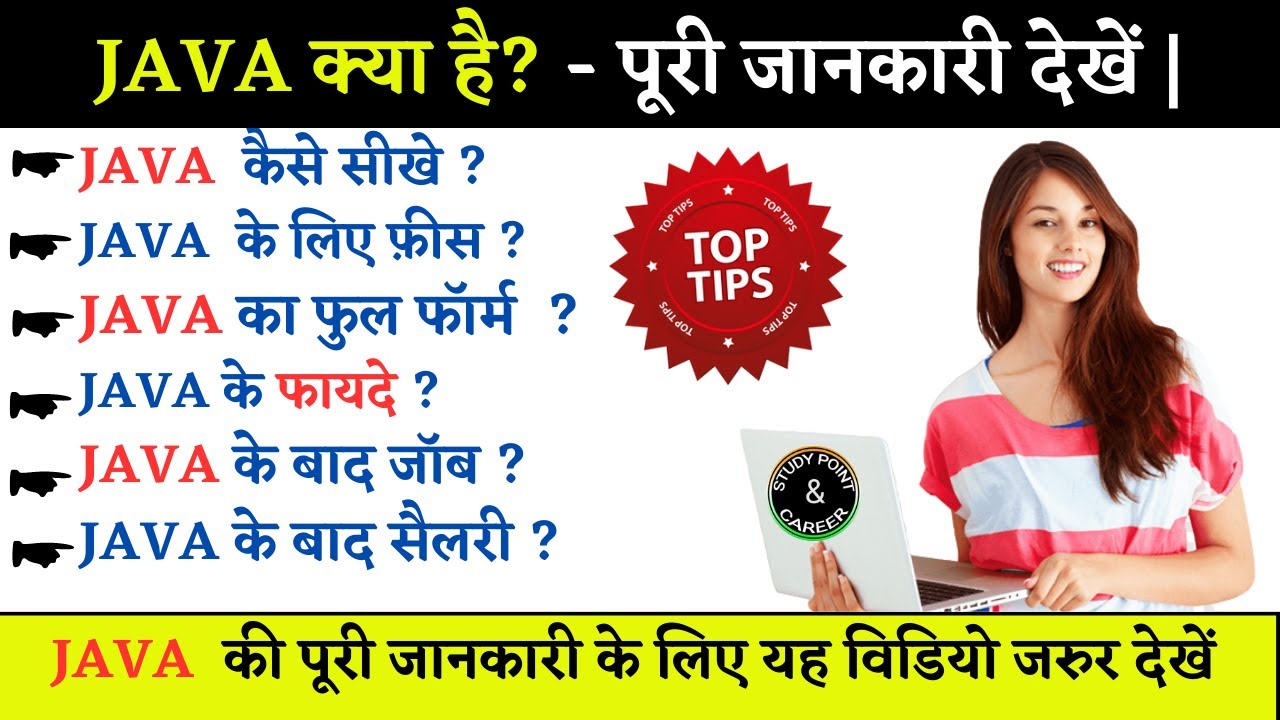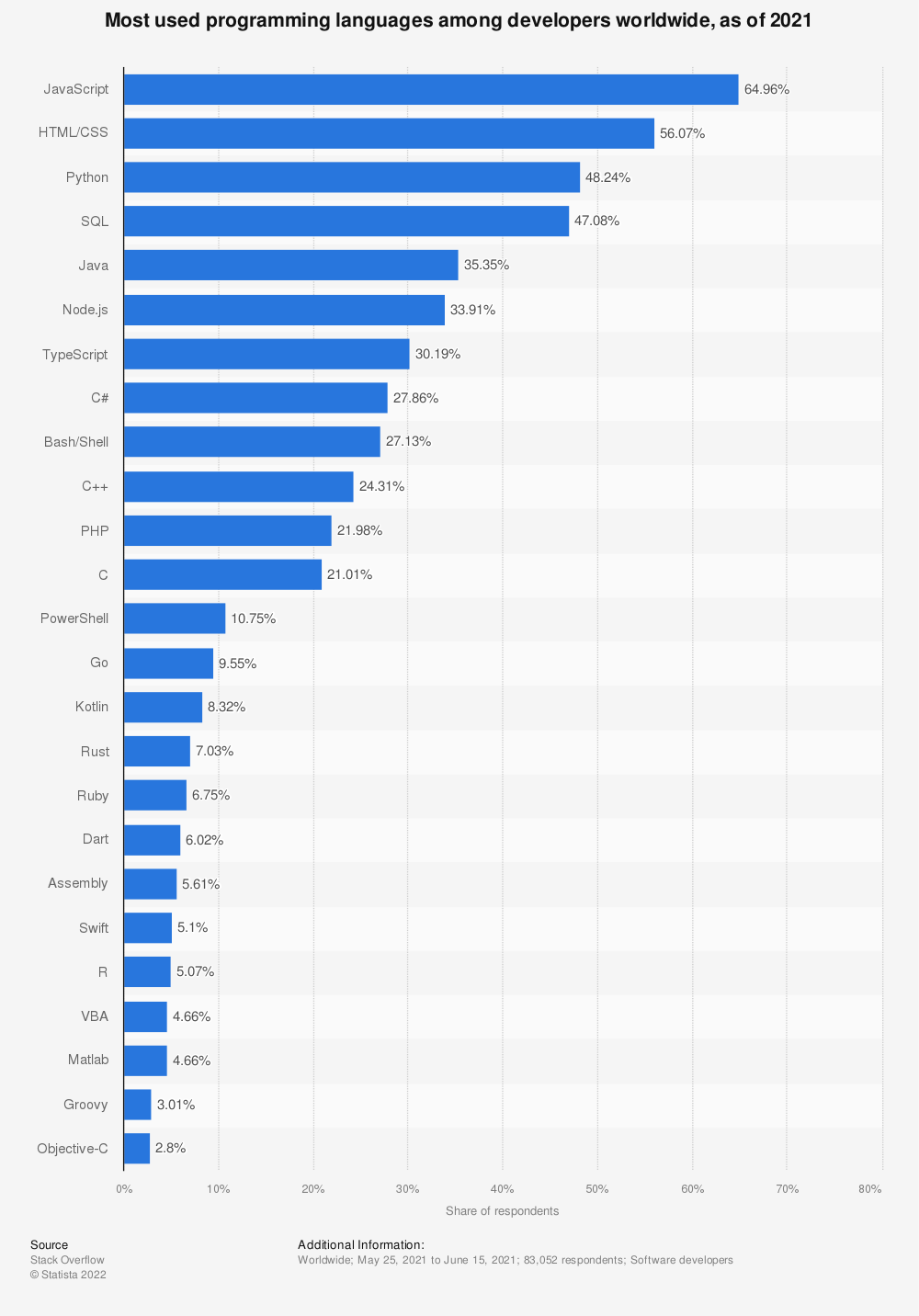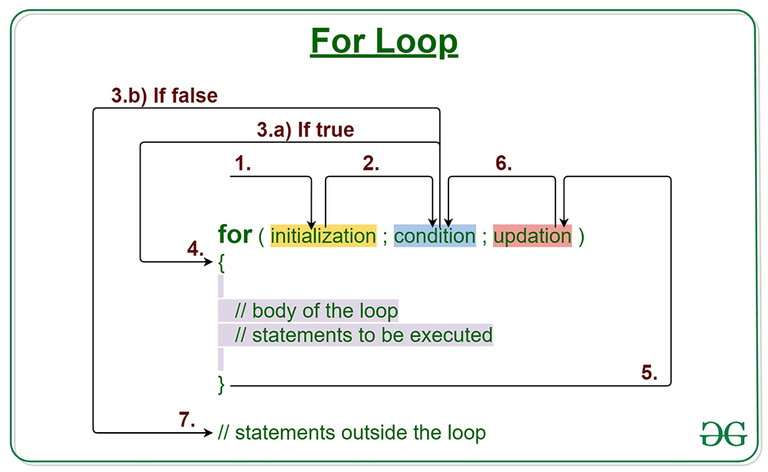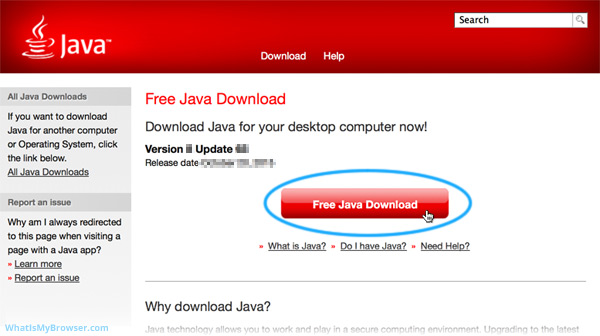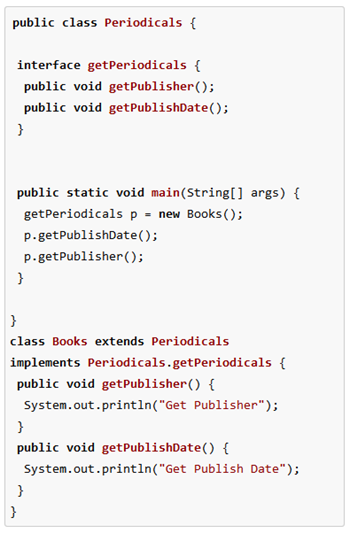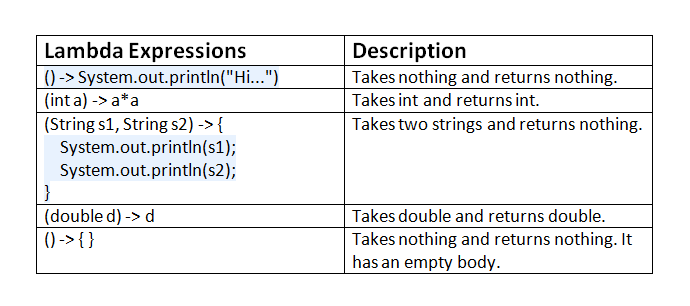java observer pattern vs listener
java observer pattern vs listener
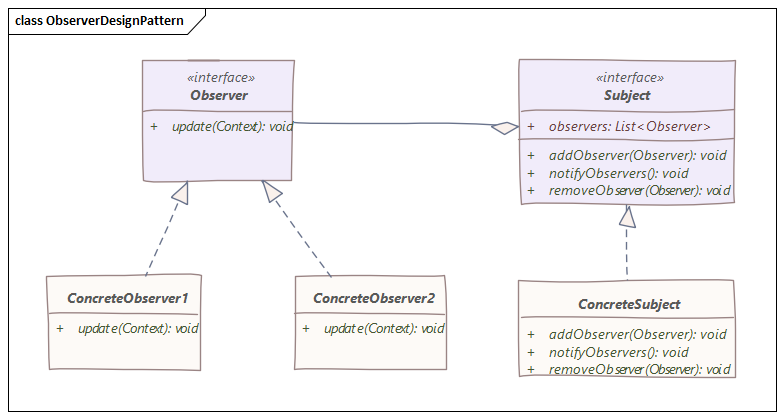
The Observer Pattern and the Listener (or Event Handling) pattern are two popular design patterns used to manage interactions between objects. While they share some similarities, they have distinct differences.
Observer Pattern:
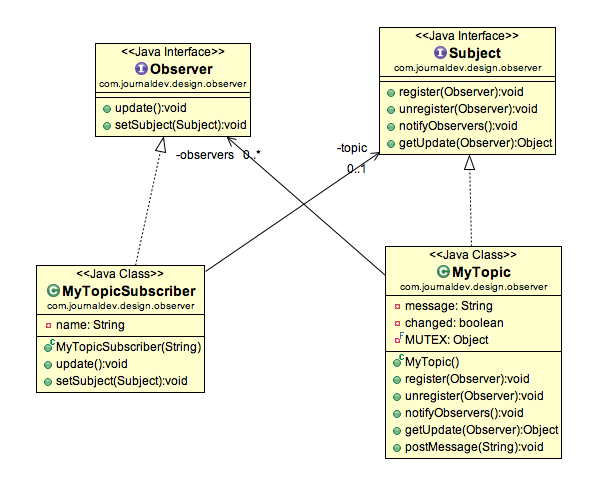
In the Observer pattern, you have a subject (also known as the publisher or provider) that maintains a list of dependencies (observers). When the subject's state changes, it notifies all its observers, allowing them to react accordingly. This decouples the subject from the specific actions taken by the observers.
The Observer pattern is often used in situations where:
Publish-Subscribe: The subject publishes events or data, and multiple observers subscribe to receive notifications. Asynchronous processing: Observers can process events in parallel, without blocking the subject's execution. Decoupling: The subject doesn't depend on specific observer actions.In Java, you can implement the Observer pattern using:
Observer interface: Define anObserver interface with a single method, update(), which will be called by the subject when it notifies its observers. Subject class: Implement a Subject class that maintains a list of observers and notifies them when their state changes.
Listener (or Event Handling) pattern:
In the Listener pattern, an event source publishes events to one or more event listeners. Each listener is responsible for handling the received event. The event source does not know about the specific listeners; it only knows that there are listeners registered to receive its events.
The Listener pattern is often used in situations where:
Event-driven programming: Events trigger actions, rather than having objects poll each other. Single-source, multiple-targets: One source publishes events to multiple targets (listeners). Loose Coupling: The event source doesn't depend on specific listener actions.In Java, you can implement the Listener pattern using:
Event interface: Define anEvent interface that provides a way for listeners to access the event data. Listener interface: Define a Listener interface with a method that will be called by the event source when it publishes an event. Event source class: Implement an EventSource class that publishes events to registered listeners.
Key differences:
Direction of communication: In the Observer pattern, the subject notifies its observers; in the Listener pattern, the event source publishes events to listeners. Observer vs Listener: Observers are responsible for processing state changes, while listeners handle specific events. Number of observers/listeners: The Observer pattern can have multiple subjects and observers, whereas the Listener pattern typically has one event source and multiple listeners.When deciding between these two patterns:
Use the Observer pattern when you need to decouple the subject from observer actions or process state changes asynchronously. Choose the Listener pattern for event-driven programming with single-source, multiple-targets scenarios where loose coupling is beneficial.In conclusion, while both patterns allow for object interactions and decoupling, they differ in their communication direction, responsibilities of participants, and use cases. By understanding these differences, you can select the most suitable pattern for your Java application's requirements.
What is the difference between Observer and listener in Java?
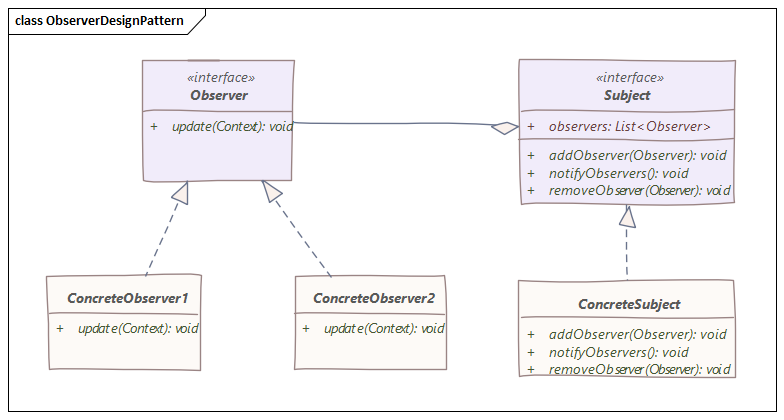
I'm happy to help!
In Java programming, Observer and Listener are two related but distinct concepts that enable objects to notify each other of changes or events.
Observer Pattern
The Observer pattern is a design pattern that allows an object (the subject) to be observed by other objects. The observer notifies the subject when it needs to know about its state change, allowing for loose coupling between the objects. This decoupling enables more flexible and scalable systems.
In Java, you can implement the Observer pattern using the Observer interface from the java.util.Observable class. The Observer interface has a single method: update(Observable o, Object arg). When an observable object (the subject) changes state, it calls the notifyObservers() method, which notifies all registered observers.
Listener Pattern
The Listener pattern is another design pattern that enables objects to react to specific events or actions. In Java, you can implement listeners using interfaces with a single method that represents the event handling behavior. For example, a button's ActionListener interface has an actionPerformed(ActionEvent e) method.
Listeners are typically registered with an object (the source) that generates the events. When the source generates an event, it notifies all registered listeners by calling their respective methods.
Key differences
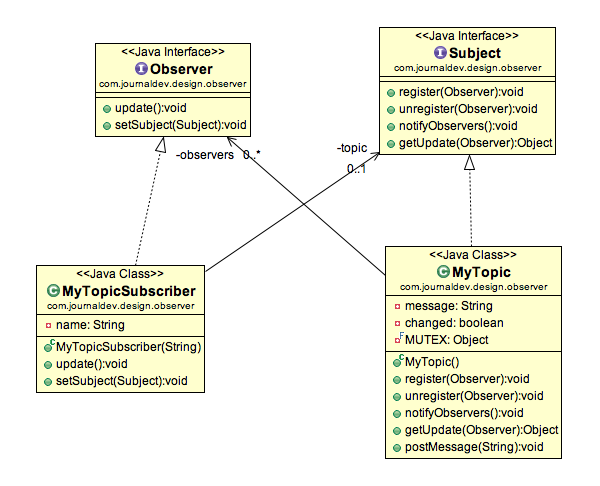
While both concepts enable objects to communicate and react to changes or events, there are key differences:
Purpose: The Observer pattern focuses on decoupling objects, enabling them to notify each other of state changes. The Listener pattern is designed for specific event handling, where an object reacts to a particular type of event. Notification mechanism: Observers receive updates through theupdate() method, whereas listeners are notified by calling their respective methods (e.g., actionPerformed()). Event granularity: Observers typically receive notifications about more general changes or state updates, while listeners respond to specific events or actions. Registration: In the Observer pattern, observers register themselves with the observable object. In the Listener pattern, the source registers the listener with itself.
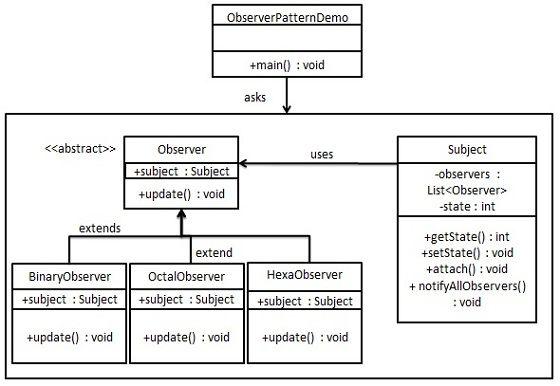
In summary
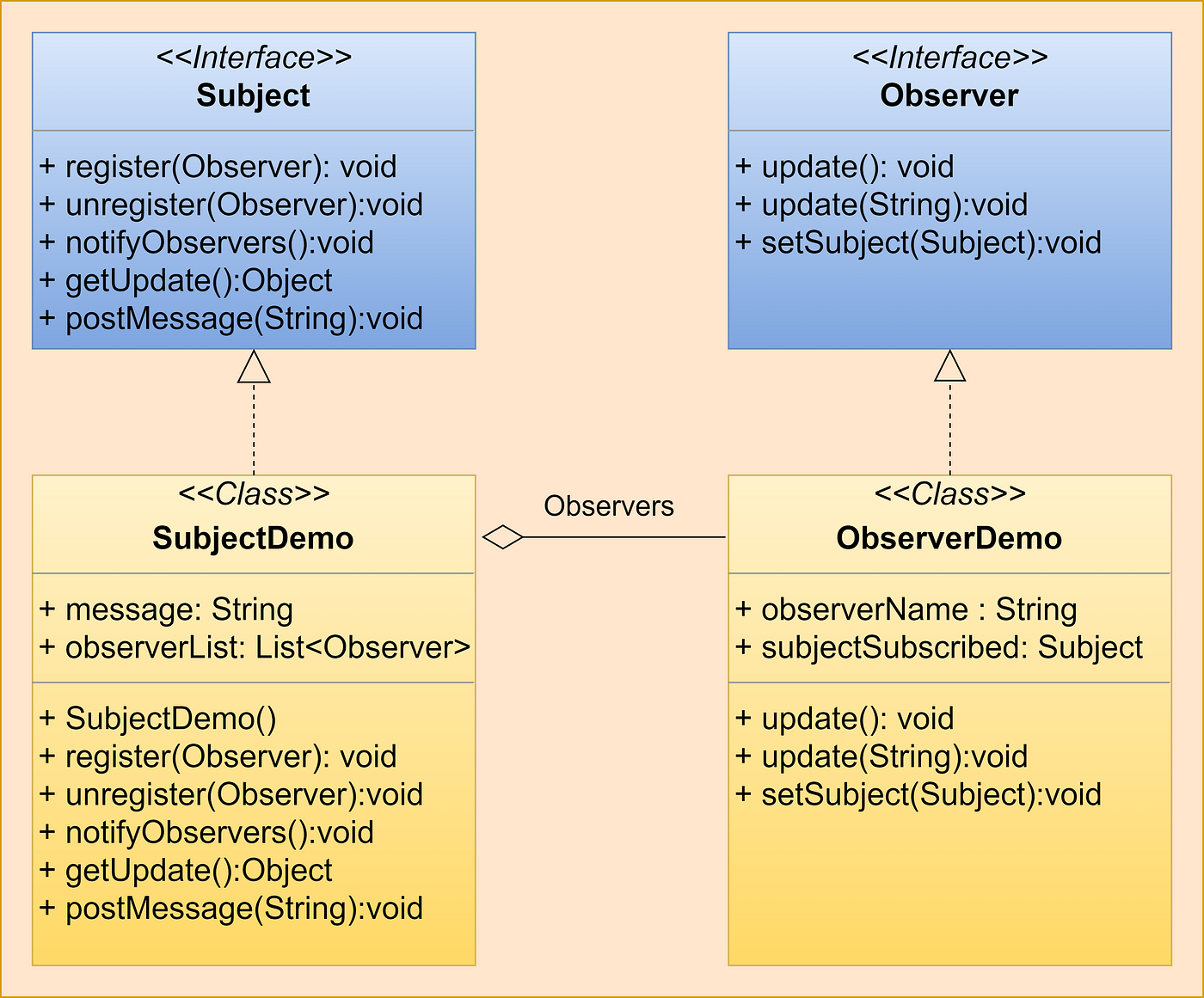
The Observer and Listener patterns in Java serve similar purposes: enabling objects to communicate and react to changes or events. While both patterns share some similarities, the key differences lie in their purpose, notification mechanism, event granularity, and registration. Understanding these differences will help you choose the appropriate pattern for your specific needs.
Hope this explanation was helpful! Let me know if you have any further questions.
